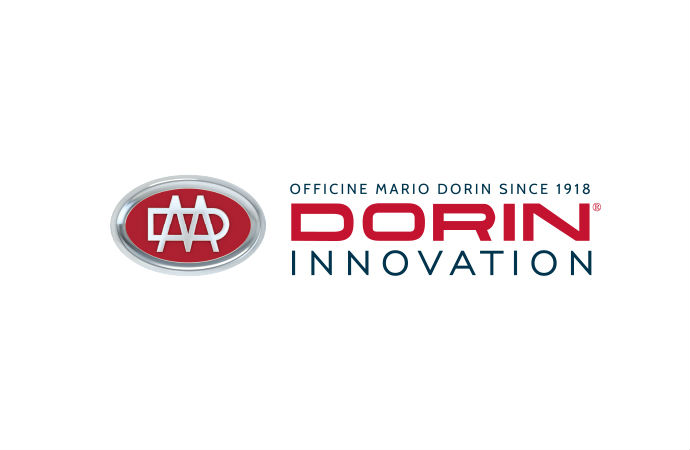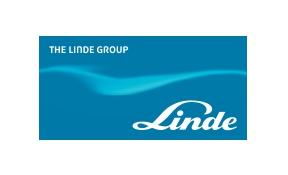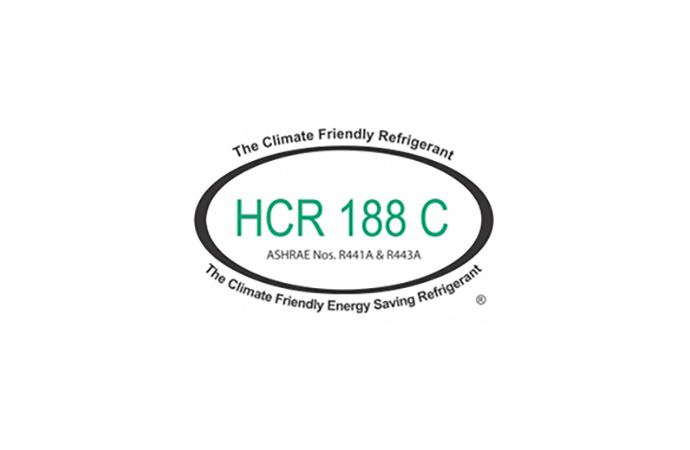A test group within Underwriters Laboratories (UL) is examining the suitability of the 57g HC charge limit for household refrigerators, according to a presentation by the organisation last week at ATMOsphere America 2012 in Washington DC. In post-presentation discussions the restrictive nature of the limit was in focus, a limit currently not consistent with the 1kg hydrocarbon limit for household room ACs .

On the second day of the ATMOsphere America 2012 conference in Washington DC (12-13 June 2012), Randall Haseman of North American product safety testing and certification organisation Underwriters Laboratories (UL) updated participants on UL standards for natural refrigerants, including flammable hydrocarbons.
UL standards for flammable refrigerants
In addition to household refrigerators, UL has developed requirements for the use of flammable refrigerants in commercial refrigerators, vending machines, and room air conditioners:
HC refrigerant charge limits can be challenging
The UL standards set the following refrigerant charge limits for A3 category refrigerants (including hydrocarbons) by type of application:
The presenter identified 57gram charge limit for household refrigerators as a challenging area of work for UL, and that as a result a test group is considering the case of increasing the limit. This sparked reactions from participants, who pointed out during the Q&A at the end of the session that there is a lack of alignment between the 57g charge limit for household refrigerators and the 1kg hydrocarbon charge limit for another type of household equipment typically installed in similar sized rooms, namely room air conditioners (AC).
UL developing further requirements for flammable refrigerants
In February 2011, UL facilitated the initial Flammable Refrigerants Joint Task Group (JTG) meeting in Las Vegas, NV. The JTG has established three (3) working groups (WGs).
SNAP use conditions often differs to UL requirements
The presenter also highlighted the need to be aware of both UL and EPA SNAP requirements, with some SNAP use conditions often being different than UL requirements. He reminded that UL can list products before SNAP rules are finalised and urged participants to work with the EPA as the agency allows “test cases”.
UL standards for flammable refrigerants
In addition to household refrigerators, UL has developed requirements for the use of flammable refrigerants in commercial refrigerators, vending machines, and room air conditioners:
- UL 250 - Household Refrigerators: Supplement SA published 25 August 2000, similar to the requirements in IEC 60335-2-24
- UL 471 - Commercial Refrigerators: Supplement SB published 24 October 2008, similar to the requirements in IEC 60335-2-89
- UL 541 - Refrigerated Vending Machines: Published requirements 30 December 2011
- UL 484 - Room Air Conditioners: Published requirements 21 October 2011, similar to the requirements in IEC 60335-2-40
HC refrigerant charge limits can be challenging
The UL standards set the following refrigerant charge limits for A3 category refrigerants (including hydrocarbons) by type of application:
- Household refrigerators: 2.01oz (57grams)
- Commercial refrigerators: 5.3oz (150grams)
- Room air conditioners: 2.2lb (1kg) of propane depending on room size
The presenter identified 57gram charge limit for household refrigerators as a challenging area of work for UL, and that as a result a test group is considering the case of increasing the limit. This sparked reactions from participants, who pointed out during the Q&A at the end of the session that there is a lack of alignment between the 57g charge limit for household refrigerators and the 1kg hydrocarbon charge limit for another type of household equipment typically installed in similar sized rooms, namely room air conditioners (AC).
UL developing further requirements for flammable refrigerants
In February 2011, UL facilitated the initial Flammable Refrigerants Joint Task Group (JTG) meeting in Las Vegas, NV. The JTG has established three (3) working groups (WGs).
- WG1 is developing requirements for flammable refrigerants applicable to air conditioning heat pumps and similar equipment. WG1 is looking at flammable natural refrigerants for smaller, self-contained equipment, using as a guide the flammable refrigerant requirements for Class A2 and A3 presently in IEC 60335-2-40. For example it is looking at additional requirements for room air conditioners under UL 484. For larger equipment, it is working with ASHRAE 15.
- WG2 is developing requirements for refrigeration equipment, potentially adding IEC 60335-2-40 requirements for larger equipment and charges, discussing possible revisions to UL 471/541 and changes to other refrigeration equipment standards, for example ice makers and ice cream makers.
- WG3 addresses requirements for the testing and evaluation of flammable refrigerants, considering for example hydrocarbon purity requirements or discussing additional test apparatus for testing of refrigerants.
SNAP use conditions often differs to UL requirements
The presenter also highlighted the need to be aware of both UL and EPA SNAP requirements, with some SNAP use conditions often being different than UL requirements. He reminded that UL can list products before SNAP rules are finalised and urged participants to work with the EPA as the agency allows “test cases”.
MORE INFORMATION
Related stories













